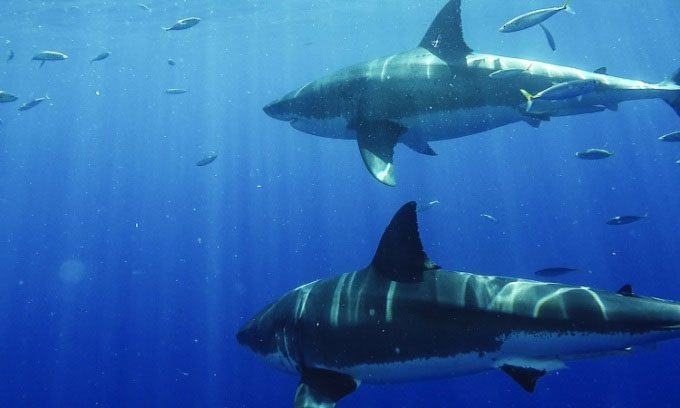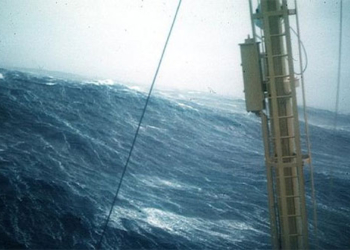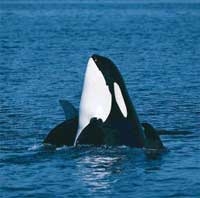Scientists have discovered that great white sharks often gather to hunt together in the clear waters off Guadalupe Island, located off the west coast of Mexico.

Great white sharks hunting with friends in the waters near Guadalupe Island. (Photo: Nautilus).
Dozens of sharks congregate in the coastal waters of the island to search for food during the fall and winter, but they rarely act alone. According to a study published on March 23 in the journal Biology Letters, a group of tagged great white sharks formed closely bonded pods in 2017 and 2018. They prefer to roam in search of food with friends or in same-sex pairs. Sometimes, they swim together for over an hour.
A pair of sharks particularly surprised scientists by spending more than 70 minutes swimming together, significantly longer than other sharks, according to lead researcher Yannis Papastamatiou, a marine scientist at Florida International University. Such prolonged interactions are likely a “social bonding” behavior rather than random interactions. He suggests this is an example of hunting companionship among sharks.
In the new study, scientists tagged six great white sharks, including three males and three females, near Guadalupe Island between October 2017 and December 2018. The tracking devices monitored the speed, depth, and swimming direction of each shark while alerting the research team whenever a tagged shark approached another individual. Each tag also contained a small camera that detached from the shark’s dorsal fin after about five days.
More than 30 great white sharks at the island had been tagged in previous research expeditions, providing scientists with ample opportunities to observe how the tags functioned. They recorded hundreds of social interactions between the great white sharks.
Overall, male sharks tended to group with other males, and females did the same. However, the social behavior of each shark varied widely. One shark interacted with dozens of others over a 30-hour period before thrashing around caused the tracking tag to fall off. Another shark retained its tag for five days but only bonded with two other individuals of the same species. Many interactions among great white sharks occurred near seal breeding grounds, indicating that sharks spend more time together when prey is nearby. Due to the relatively small sample size in the study, scientists concluded that further observations are needed to draw definitive conclusions about the social networks of great white sharks at Guadalupe Island.





















































